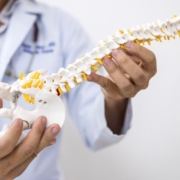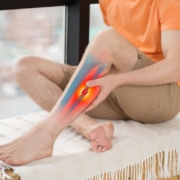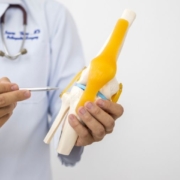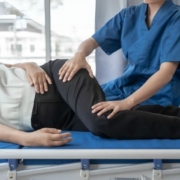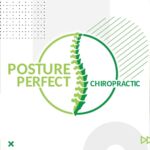Chiropractic Care for Spinal Stenosis: A Non-surgical Path to Pain Relief
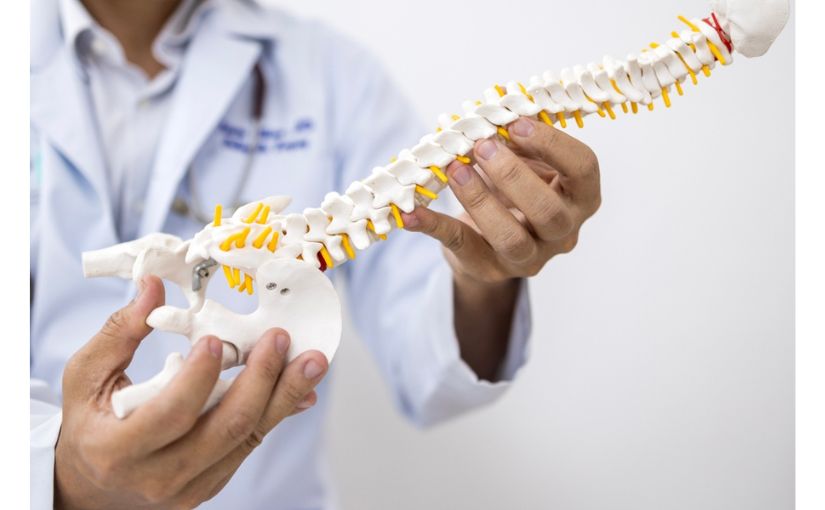
Spinal stenosis is a chronic condition that is characterized by irregular narrowing of the spinal canal, which, in turn, may lead to inappropriate pressure on the spinal cord or nerve roots.
How serious is spinal stenosis? Well, it can greatly hamper everyday life, particularly due to the fact that it can make performing regular tasks extremely difficult and frustrating. This, since some of its most notable symptoms include pain, fatigue, numbness, and the like.
While various doctor-approved treatments are prevalent nowadays, chiropractic care that involves chiropractic massage has emerged as a promising holistic method for many patients.
Want to know more about the said condition and what does a chiropractor do to treat spinal stenosis? Read on to find out more. This write-up takes a detailed look at the complexities of the said ailment and explores the potential benefits of chiropractic care.
Spinal Stenosis: An Overview
Spinal stenosis is a fairly common condition among the elderly population and it usually impairs the lumbar spine (lower back). According to Cleveland Clinic, its onset may start at age 50 and may affect 95% of individuals in the said age bracket. On top of the said data, spinal stenosis is the most prevalent diagnosis among those who are aged 65 above.
Some of the contributing factors for the said condition are as follows:
-
Degenerative changes
As people age, the discs that act as cushioning to the vertebrae lose moisture as well as height. This causes the spine to compress.
-
Thickened ligaments
Strong and flexible ligaments play a key role in holding the bones of the spine. Eventually, they become stiff as well as thick after some time. When this happens, they are pushed into the spinal canal.
-
Herniated discs
Spinal disks are soft cushions that play a key role with regard to overall mobility since they function as shock absorbers between the bones of the spine.
If certain components of the disc’s soft inner material leaks, they may press on the spinal cord or its nerves and pave the way for herniated discs. A condition which can be treated by chiropractic massage.
-
Spinal injuries
Trauma to the spine that is caused by falls, car accidents, and the like, can cause bones to break or move out of place. Also, swelling and inflammation of surrounding tissues right after surgery can place unnecessary pressure on the spinal cord or nerves.
Spinal Stenosis: Available Treatments
With a surge in the average age of spinal stenosis patients, the number of those who seek medical care for the said condition is also on the rise. Because of this, they live longer and remain active even in their senior years. Also, surgeries like total hip as well as knee arthroplasties help patients remain functional further into their lives.
Furthermore, according to a report from the University of the Philippines, thanks to technological advancements, cutting-edge spine surgery is now available for Filipinos. For instance, the Philippines now has access to cutting-edge tools as well as techniques that make Minimally Invasive Spine Surgery (MISS) more accessible.
MISS enables doctors to have access to a three-dimensional view of the spine. Giving them the capacity to operate directly on it while leaving a miniature incision in the process. This also makes surgeries more accurate and allows patients to recuperate faster. In the process, it also significantly shortens hospital stays for them.
The aforementioned medical approach, if done together with chiropractic care that includes chiropractic massage, can aid in the management of spinal stenosis. The former focuses on effectively and efficiently managing symptoms together with underlying causes, while the latter complements the said efforts by enhancing spinal function and promoting healing.
Chiropractic Massage and Care for Spinal Stenosis
A study that was published in the National Library of Medicine suggests that there is evidence of chiropractic treatment being potentially beneficial for lumbar spine stenosis treatment.
It involved 11 individuals, wherein the following experienced improvements in graded scores after a series of treatment: 18% were grade 1, 18% were grade 2, another 18% were grade 3, and 46% were grade 4.
Putting the said data in consideration, 36% of the subjects demonstrated significant clinical improvements. Furthermore, none of the patients showed exacerbated conditions that were caused by chiropractic spinal manipulation.
Despite the small sample size and the fact that further as well as more extensive clinical investigations are necessary, the potential of chiropractic massage and care with regard to treating the said condition is simply undeniable. The said holistic form of treatment focuses on the connection between the spine as well as the nervous system.
To treat spinal stenosis and other forms of misalignments (subluxations), chiropractors utilize a wide range of techniques that are specifically designed to treat pain, discomfort, dysfunction, and so on.
For the said condition, chiropractic treatment typically aims to deliver the following:
-
Reduce Spinal Pressure
Gentle chiropractic massage and spinal adjustment can realign the spine and, therefore, create more space within the spinal canal. In turn, this can relieve pressure on the nerves and help patients improve their mobility.
-
Minimize Inflammation
A number of chiropractic methods that include but are not limited to massages, cold laser therapy, manual adjustments, and so on, can release tension and reduce inflammation in the spinal cord. In addition to providing relief, it also taps the body’s natural ability to heal itself.
-
Boost Joint Mobility
Manual manipulation that is complemented by specialized as well as functional stretches can significantly boost range of motion, particularly in the spine area; consequently reducing pain and stiffness along the way.
-
Amplify Muscle Function
After a chiropractic session or a personalized program, a doctor may teach patients certain exercises and home therapies that can boost the function of the muscles that surround as well as support the spine. If religiously followed, they can boost stability and alleviate spinal stenosis symptoms.
Successful Integration of Medical Approach and Chiropractic Care
It is proven that a multi-disciplinary method that includes a combination of medical approach as well as chiropractic care can deliver the best outcomes with regard to spinal stenosis treatment. By managing the said ailment through different tried and tested methods, affected individuals can achieve improved pain management, which can make activities that were once challenging, easy and fulfilling.
There are, however, a couple of factors that need to be considered to ensure that the benefits of the two methods are achieved to their full potential. They are as follows:
-
Patient Education
Patients need to be extensively educated regarding their condition. Along the way, the significance of adhering to a medical and chiropractic plan ought to be properly elaborated. Such a straightforward approach can empower patients to make sound decisions about their treatment.
-
Proper Collaboration
Medical doctors should collaborate with their chiropractic counterparts and vice versa. That is because proper sharing of patient information is essential when it comes to tracking progress and therapy responses. This also ensures that a coordinated approach is appropriately employed.
-
Regular Monitoring
Timely follow-ups from medical doctors and chiropractic doctors can help them monitor the progression or regression of spinal stenosis and adjust treatment methods if necessary.
Summing up
Spinal stenosis is a debilitating condition that can significantly impact a person’s quality of life. While traditional medical treatments, such as medication and surgery are available, chiropractic massage and care offer valuable non-invasive alternatives.
Through spinal adjustments, manual therapies, exercise, and lifestyle advice, chiropractors can help manage the symptoms of spinal stenosis and improve spinal function.
If you are experiencing symptoms of spinal stenosis, consult a healthcare provider to explore if chiropractic care is a suitable option for you. By taking a proactive approach to spinal health, you can enhance mobility, reduce pain, and enjoy a better quality of life.
Consequently, if your spinal stenosis or other similar conditions require chiropractic care, feel free to visit us at Posture Perfect Chiropractic. Our highly experienced, reputable, and knowledgeable doctors will deliver effective, efficient, and safe treatment that can help alleviate symptoms and help you live your life to the fullest.

